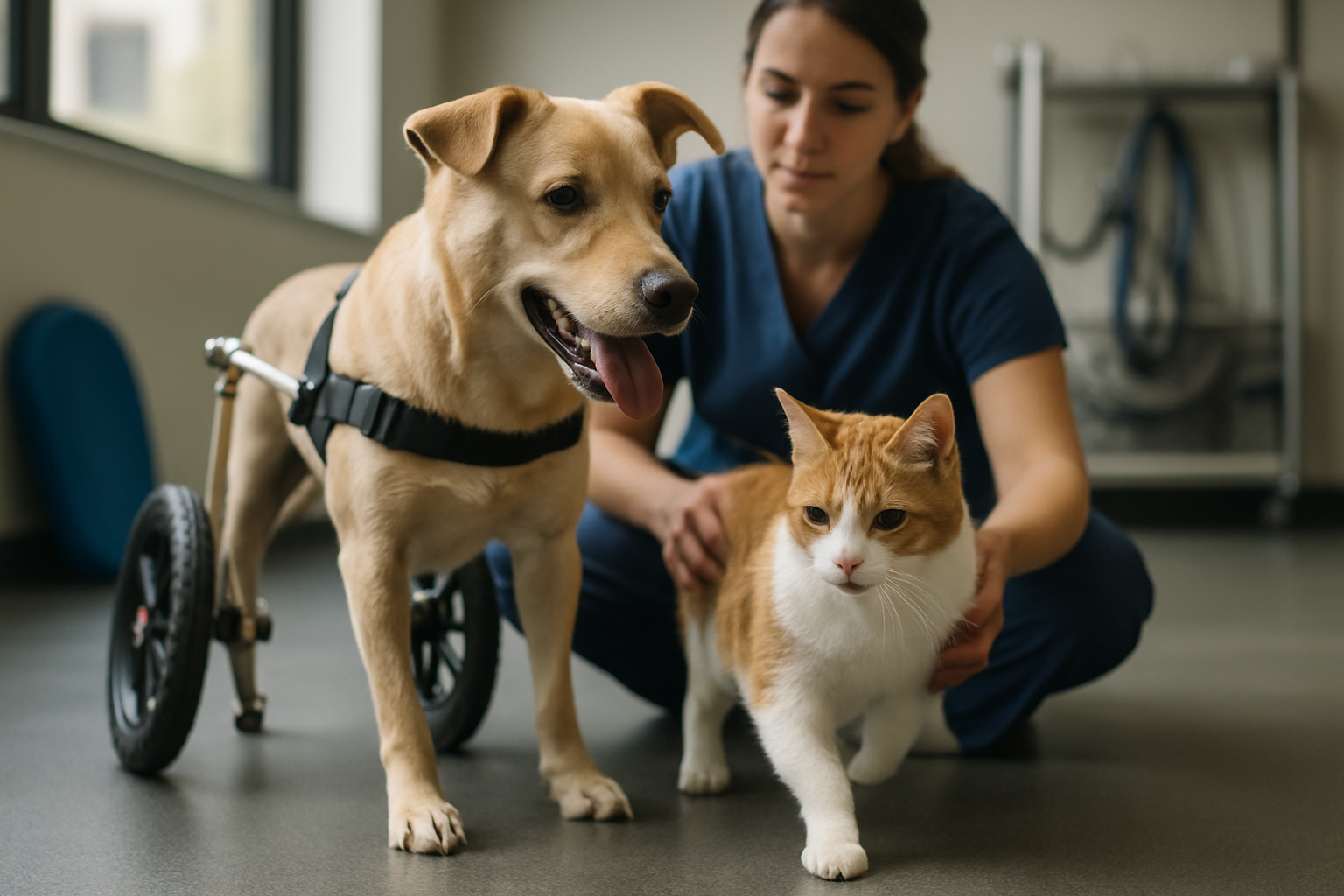Recognizing and managing common behavioral signals
Understanding how pets communicate through behavior helps owners respond appropriately to needs like stress, discomfort, social cues, and boredom. This article explains common signals across species, practical management strategies for behavior problems, and how nutrition, training, grooming, and veterinary support contribute to overall wellness. It also touches on safety, adoption considerations, travel, and telemedicine options.

Recognizing and managing common behavioral signals
How to read common behavior signals
Animals use posture, vocalizations, facial expressions, and activity levels to convey needs and emotions. For example, dogs may show whale-eye, lip licking, or yawning when uncomfortable, while cats may flatten their ears, twitch their tails, or hide. Changes in eating, grooming, or litter habits can signal stress, pain, or medical issues. Observing context — what happened before and after the signal — gives clues whether the cause is social, environmental, or health-related. Tracking patterns over days or weeks helps distinguish temporary reactions from persistent behavioral concerns.
When to adjust training approaches
Training strategies should match a pet’s communication style and learning pace. Positive reinforcement for desired behaviors reduces stress and builds reliable responses; timing rewards to the exact behavior helps learning. If a pet reacts fearfully to training, reduce stimulus intensity, increase distance, or break tasks into very small steps. Avoid punishment-based techniques that can worsen anxiety and aggression. Consistency among household members and short, frequent training sessions support progress. For complex problems such as resource guarding or redirected aggression, consult a qualified behaviorist or trainer for individualized, evidence-based plans.
How enrichment supports behavior
Environmental enrichment reduces boredom-related behaviors like chewing, excessive vocalizing, or pacing. Enrichment can be physical (puzzle feeders, interactive toys), sensory (novel textures, scent games), or cognitive (training challenges, scent trails). Rotate toys and introduce new activities gradually to maintain interest. For social species, predictable social interaction and supervised play fulfill companionship needs. Tailor enrichment to life stage and medical constraints: senior pets may need low-impact activities, while high-energy animals benefit from structured exercise. Enrichment also supports successful adoption by enabling positive behaviors in shelter or home transition periods.
Nutrition, dental care and allergies
Diet and oral health influence behavior. Nutritional imbalances or food sensitivities can cause gastrointestinal discomfort, skin irritation, or lethargy that affect mood and activity. Dental pain can lead to irritability, reduced appetite, and withdrawn behavior. Regular dental checks and age-appropriate diets support comfort and cognitive health; specialized diets may be recommended for allergies or metabolic conditions. Monitor for signs like scratching, chronic ear problems, or repeated ear/head shaking that could indicate allergies. Work with a veterinarian to rule out medical causes before attributing changes solely to training or environment.
Grooming, wellness and travel considerations
Grooming is both a hygiene and a behavioral issue: mats, overgrown nails, or ear buildup can cause discomfort and aversive reactions to handling. Early positive grooming experiences reduce stress during routine care. Wellness routines — vaccinations, parasite control, and regular physical exams — prevent health issues that alter behavior. When traveling, maintain routines as much as possible: familiar bedding, practiced restraint or carrier training, and incremental exposure to transport help reduce anxiety. Talk to your veterinarian about motion sickness, safe restraint, and whether temporary adjustments to medication or routine are advisable for travel.
Safety, adoption and telemedicine support
Addressing behavioral signals also involves safety planning: secure fencing, appropriate crates, and supervised introductions with unfamiliar people or animals reduce risk. During adoption, gradual introductions, predictable routines, and clear behavioral histories support smoother transitions. Telemedicine can triage behavioral changes, assess visible signs, and advise on immediate next steps, but it cannot replace in-person exams for complex problems or suspected pain. For acute aggression or medical concerns, prioritize an in-clinic visit. Documenting behaviors with videos helps professionals assess frequency, triggers, and progression.
Observing and interpreting behavioral signals is an ongoing skill that combines careful observation, veterinary assessment, and consistent management strategies. Integrating training, enrichment, proper nutrition, grooming, and safety measures creates an environment where pets can communicate needs more clearly and display more reliable, comfortable behaviors. When uncertainty persists, collaborate with veterinary and behavioral professionals to identify underlying causes and develop a tailored plan.





